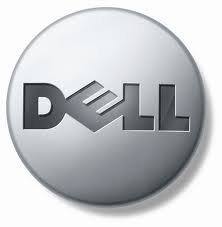HP struggles as Dell and Cisco push enterprise servers
HP is continuing to suffer as a result of Oracle dropping Itanium support while Dell’s enterprise strategy gains momentum, according to the latest market data from Gartner.
The company posted worldwide server supplier revenue of $3.7bn, 28.7% of the total market share for the second quarter of 2012, although revenue was down compared to last year.
Adrian Connell, a research director at Gartner, said, “HP is having a challenging time (see box below). The business is suffering from weak Unix sales. HP has been suffering since Oracle said it would not support Itanium.”
In spite of winning a legal battle to force Oracle to continue Itanium support, HP was looking to increase the mission-critical aspects of its commodity x86 Proliant PC server platform. “The challenge for HP is to migrate customers from Itanium to x86,” he added: “HP has always pushed the envelope of the x86 platform.”
Connell predicted that over time businesses still relying on high-end Unix servers will migrate to Windows Server and Linux–based x86 PC-server hardware.
HP is also coming under pressure from competitors in the x86 server market. Dell has been growing particularly strongly and Cisco with its unified computing system (UCS) is making inroads in the server blades market, where HP has previously been strong, according to Connell.
Over the last few years, Dell has been trying to become more enterprise-focused. Connell said, “Its product portfolio is very different compared to three years ago. Dell has also transformed how its sales force engages with customers. In the last few quarters we are seeing concerted benefits.”




